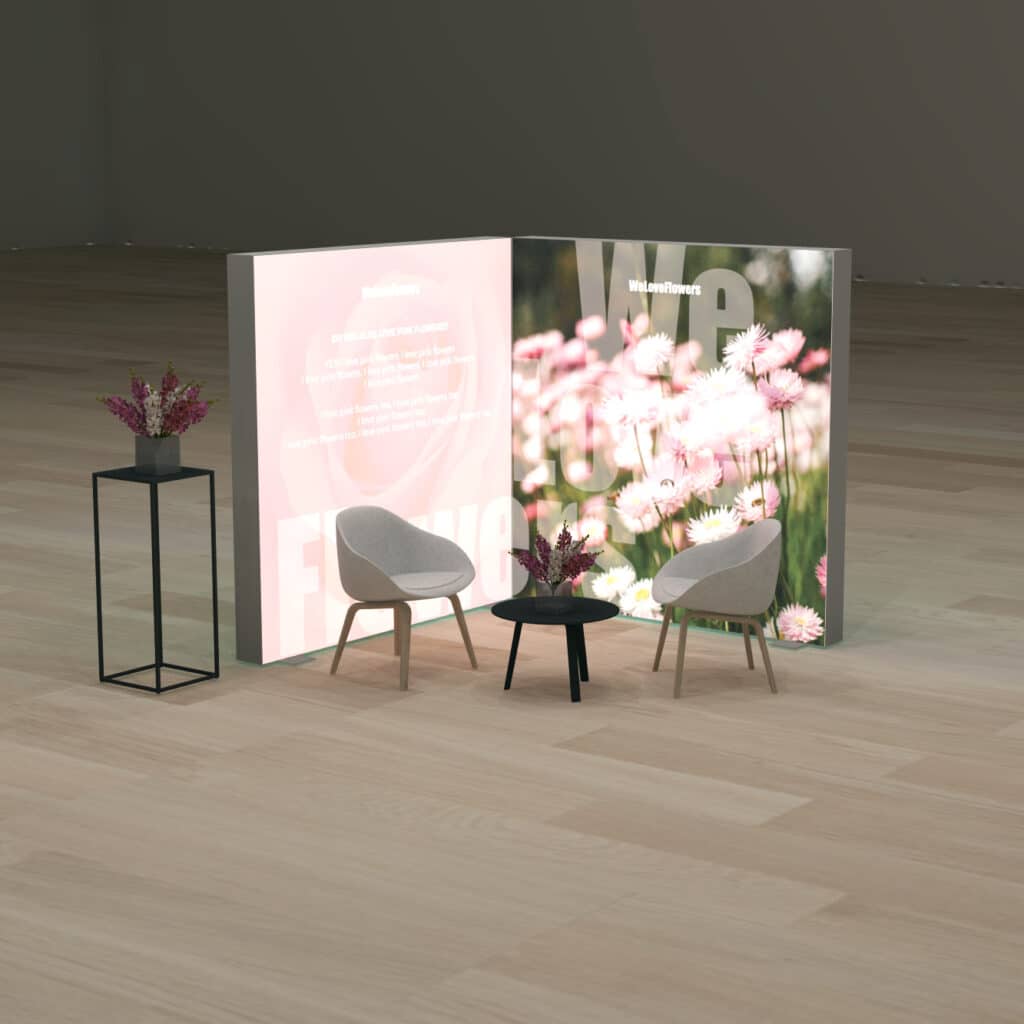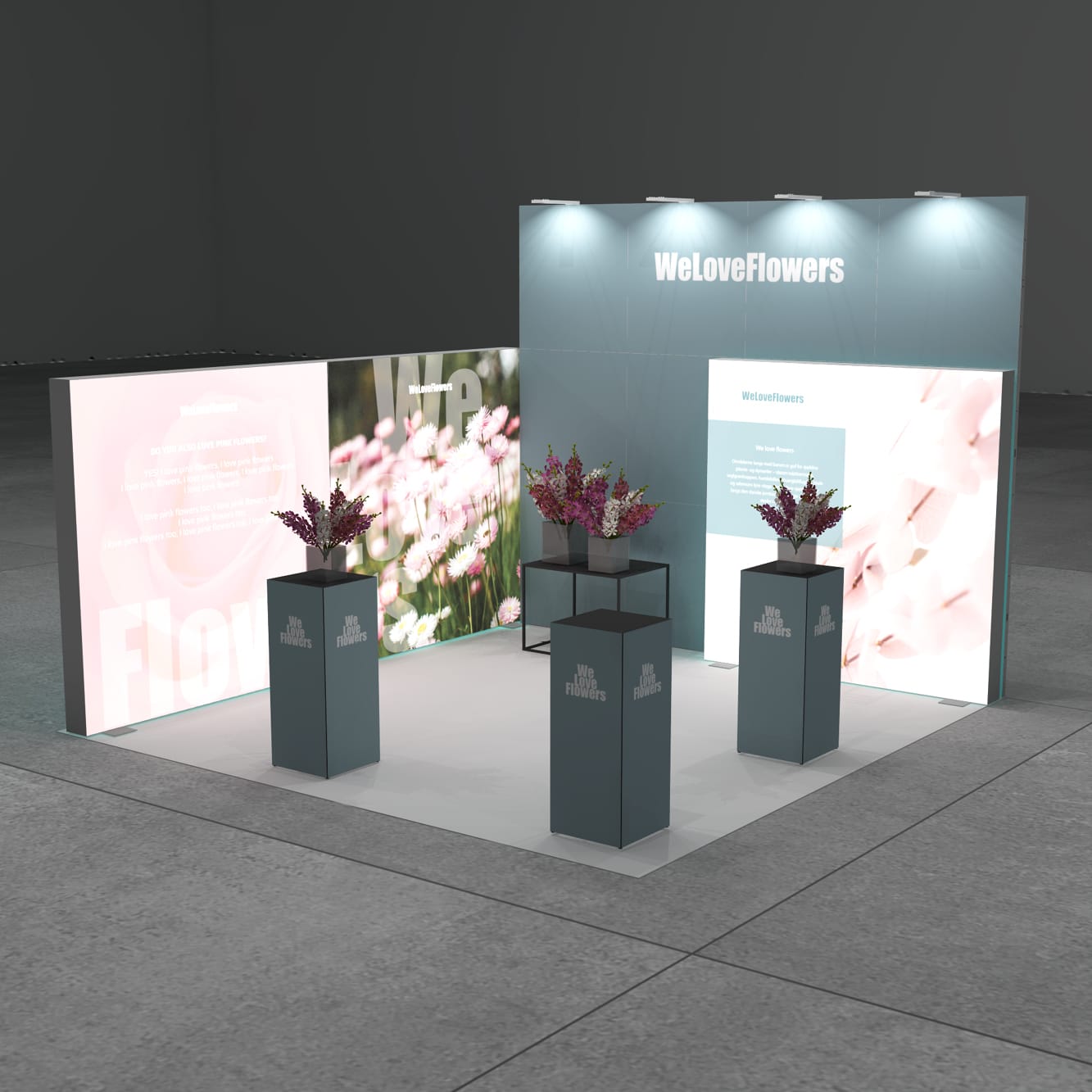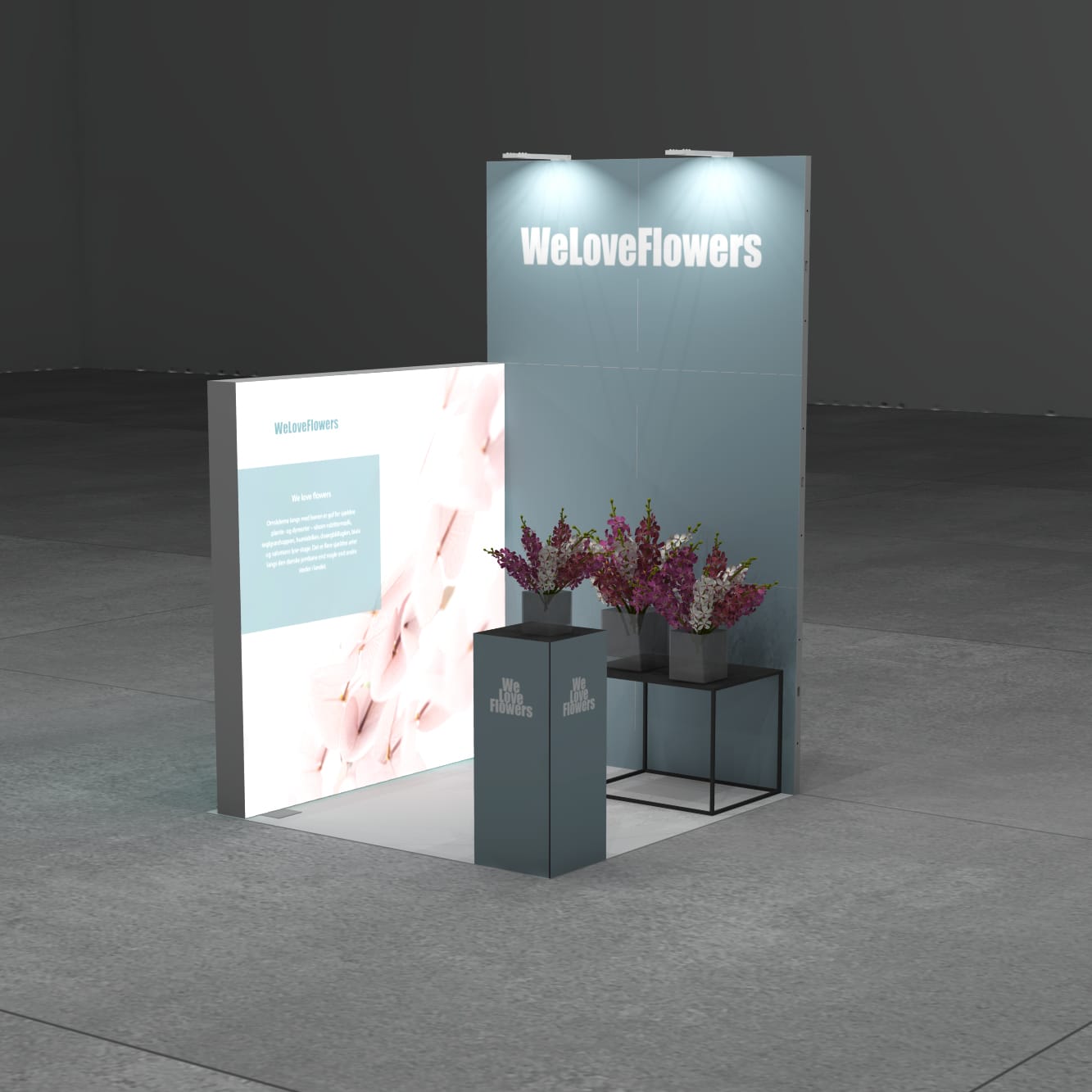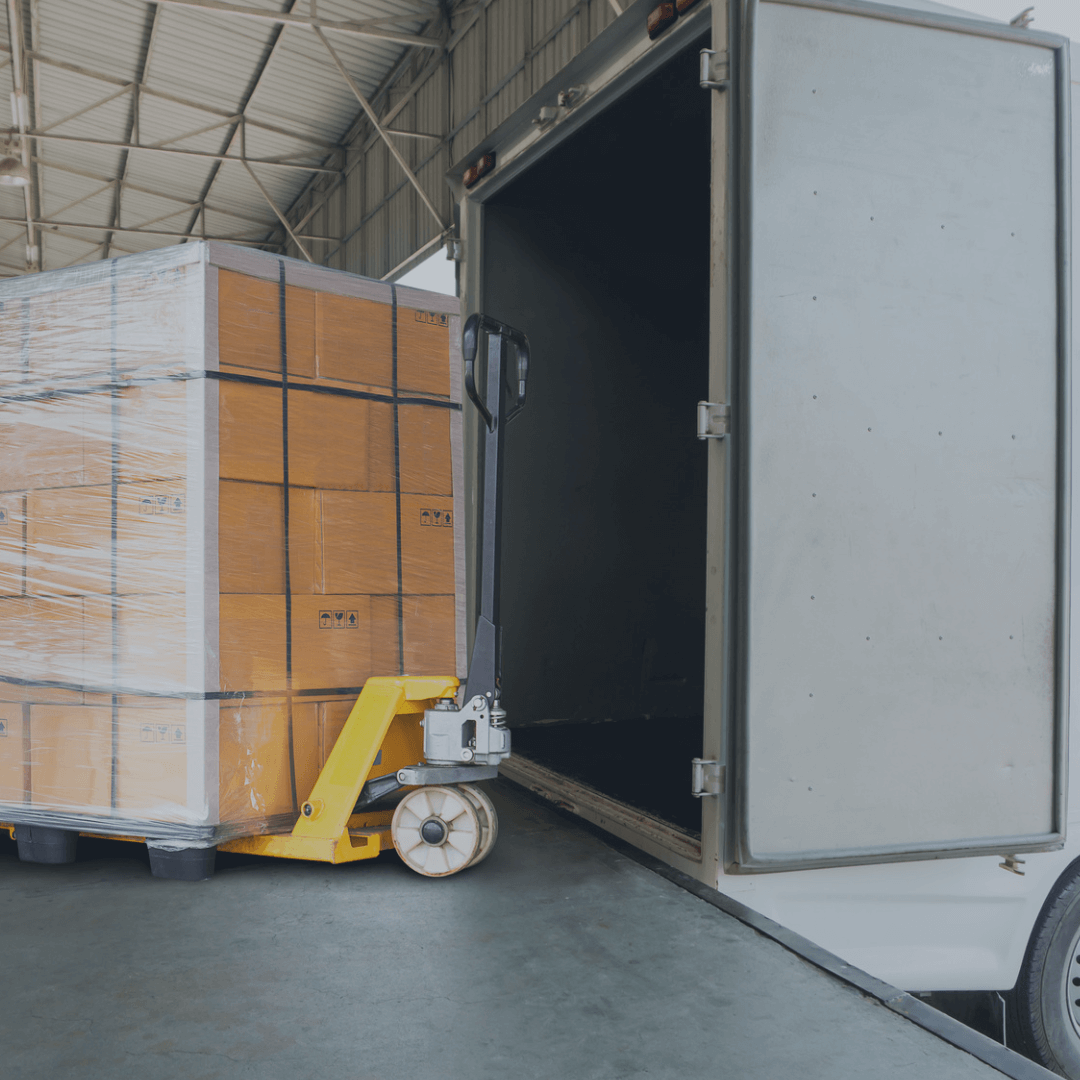
Last Updated: July 7th, 2023
Marketing buzzwords occur on a regular basis, and one of those buzzwords that have stuck around for approximately 10 years is Customer Experience Management, also known as CEM.
A mapping of the customer journey in connection with the personal meeting makes a lot of sense because we are of the opinion that the personal encounter is evolving to become the ultimate luxury.
Time increases more and more in value. Because of this, it is also important to consider the customer’s dividend in the equation.
In reality, there is not much reason to meet anymore if you do not think that relationships are important. It is both faster, cheaper, and easier to do most things online and on various digital gadgets. There are also digital customer journeys, but as strong believers in the discipline called face-to-face marketing, our focus is 100% natural on the staging of the personal meeting.
We meet at fairs and exhibitions, conferences, seminars, roadshows.
All types of events. And we meet at our customer’s domiciles. Quite a few places when you think about it.
When we work with the customer journey, there are 3 things we focus on:
Every point of the contact between the customer and company, where there is an opportunity to engage and provide value.
Analyzing the experienced emotional highs and lows can help understand what impacts customer satisfaction and loyalty.
A psychological tool that focus on the highest peaks and the final moment on your stand as the most important.
We use physical mapping of the customer journey.That is from the parking lot, through the reception to the meeting with you – no matter where it takes place.
In other words, we want to achieve some control over the journey itself. Step by step.
We use these tools to figure out what matters most for our desired customers. And to think about what the customer sees and when.
There is a huge difference in what we can and must communicate in a place where the customer passes through versus a place where the customer stays put.
We need to consider what the customer should (or can) remember, how to remember it and why.
For us, the train of thought serves to eliminate coincidences and strengthen planning. You are encouraged to experiment and observe. The overall goal is to give the guest maximum value every time.
We see mapping of the customer journey as value-creating AND competence developing. This is where it becomes really exciting
In the awareness stage, potential customers become aware of your brand or offerings through various channels such as advertising, social media, or word-of-mouth.
Personal meetings and in-person events can act as powerful touchpoints to create initial awareness and generate interest. Attendees may come across your booth, hear about your presentation, or engage in conversations that spark curiosity.
Once attendees are aware of your brand, they enter the consideration stage where they evaluate their options and gather more information.
In-person events provide a unique opportunity to showcase your products or services, share detailed insights, and address specific pain points through presentations, demonstrations, or one-on-one interactions.
These personal engagements can influence attendees’ perception of your offerings and help them make informed decisions.
As attendees progress towards the decision stage, personal meetings and in-person events play a significant role in sealing the deal.
The opportunity to have face-to-face conversations allows you to establish trust, provide tailored solutions, and address any remaining concerns or objections.
The human touch and personalized attention can be instrumental in influencing the decision-making process and converting prospects into customers.
The customer journey doesn’t end with a purchase. In fact, it’s just the beginning of a long-term relationship.
In-person events offer valuable post-purchase engagement opportunities, where you can gather feedback, offer support, and nurture the customer relationship.
Whether it’s through follow-up meetings, networking events, or exclusive customer gatherings, personal interactions continue to strengthen the bond and foster loyalty.





With explicit goals and a well-defined target group, motivated staff, and systematic (and digital) collection of leads, the follow-up will be piece of cake. The only thing it requires is that you have complete control over these 5 areas:
Which leads do you need to take home to achieve your goals – what characterizes a good, hot lead for you?
What information do you need to collect about your guests/leads, in order to be able to follow up purposefully – what do you need to remember to get answers to and permission for?
What will you follow up with and how will you send out the material? Have brochures, prices, pdfs, etc. ready before you leave.
How do you collect leads to streamlining the following-up process – do you have the right (digital) tools available?
Who does what, when? How do you easily and quickly get your leads into your CRM so that they are part of the existing sales process?
Easy and targeted follow-up starts before the fair. Mindset, ownership, internship, and time in the calendar must be aligned and fine-tuned so that your promises do not become unmanageable to keep when you return from the fair.
And just to return to my friend from the Euro Shop – my path to becoming a customer with him, could have been much smoother if he had been completely focused on the above 5 areas – and had he kept what he promised …
Additionally, personal meetings and in-person events contribute to the overall customer experience, creating memorable moments and emotional connections that extend beyond a transaction.
The immersive nature of in-person events allows customers to connect with your brand on a deeper level, fostering a sense of community and belonging.
It’s important to note that while personal meetings and in-person events hold immense value, they are not the sole components of the customer journey. They should be integrated into a broader multichannel approach, complementing online touchpoints and digital interactions.
By seamlessly connecting these experiences, you can create a cohesive and holistic customer journey that leverages the strengths of personal meetings and in-person events while capitalizing on the convenience and accessibility of digital channels.
Effectivize the way you plan, design and measure your booth activities by adapting the zone mindset.
You can unsubscribe at any time. By filling out the form, you accept to receive news and promotional material from us. Read more in our privacy policy
© 2023 thetradeshowacademy.com – Designet af Aveo web&marketing